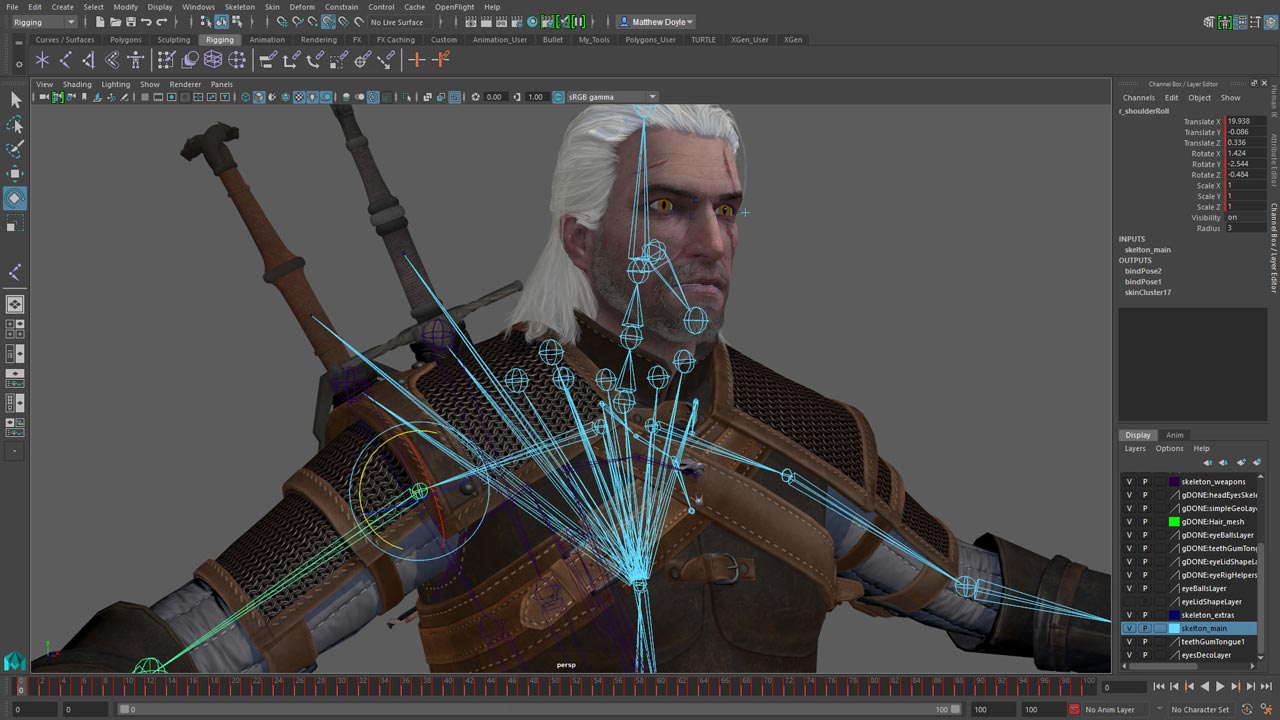Mastering the Art of 3D Game Development

In the vast and ever-evolving realm of game development, the creation of 3D games stands as a pinnacle of achievement. The fusion of art and technology in 3D game development is nothing short of magical, where pixels and polygons give birth to immersive, interactive worlds. To embark on this journey is to step into a world of endless possibilities and unlock your creativity in unprecedented ways.
The Core of 3D Game Development
At the heart of 3D Game Development lies the fusion of various disciplines, making it both a technical and artistic endeavor. It’s a world where programmers, artists, and designers work in harmony to craft virtual realities that players can explore. This multifaceted approach is what sets 3D game development apart.
Creating Worlds, Characters, and Stories
One of the fundamental aspects of 3D game development is the creation of virtual worlds. This involves designing landscapes, architecture, and even entire universes. These digital spaces serve as the canvas on which your game’s story unfolds. Whether it’s a post-apocalyptic wasteland, a fantastical realm, or a hyper-realistic city, the possibilities are limited only by your imagination.
But a world is empty without its inhabitants. In 3D game development, characters take center stage. These digital personas can be heroes, villains, or everyday people, each with unique appearances and behaviors. Creating lifelike characters that players can relate to is an art in itself.
Of course, a captivating story ties everything together. Narrative design is a critical component of 3D game development, and it involves crafting engaging plots, dialogues, and quests that keep players immersed in your world.
The Tools of the Trade
To bring these elements to life, you need a toolkit of 3D game development tools. These include software for modeling, texturing, animation, and coding. Some of the most popular tools include Unity, Unreal Engine, Blender, and Maya. Each of these software packages has its own strengths, catering to different aspects of game development.
- Unity, for instance, is known for its accessibility and versatility, making it a favorite among indie developers.
- Unreal Engine shines in creating visually stunning and highly detailed environments, often seen in AAA titles.
- Blender is an open-source powerhouse, offering an all-in-one solution for modeling, texturing, and even animation.
- Maya is a top choice for character modeling and animation, allowing artists to create lifelike characters and creatures.
Skills of a 3D Game Developer
Becoming proficient in 3D game development demands a diverse skill set:
- 3D Modeling: This skill involves creating the 3D models of characters, objects, and environments. A keen eye for detail and creativity are essential.
- Texturing: Textures breathe life into 3D models, adding realism and depth. Learning how to map textures onto your models is crucial.
- Animation: Animating characters and objects requires patience and skill. Fluid, realistic movements are the goal.
- Programming: Underlying all these artistic skills is coding. Learning programming languages like C# or C++ enables you to bring your creation to life.
- Problem-Solving: As with any form of software development, troubleshooting is a constant companion. Expect to encounter and resolve various issues along the way.
Career Opportunities in 3D Game Development
With the gaming industry booming, 3D game developers are in high demand. There are several career paths you can explore:
- Game Designer: As a game designer, you’ll focus on creating the game’s rules, mechanics, and overall experience. You’ll work on gameplay, balancing, and player engagement.
- 3D Artist: 3D artists are responsible for modeling characters, objects, and environments. They also handle texturing, making sure everything looks visually stunning.
- Level Designer: Level designers craft the individual levels or environments within a game. They work on layout, pacing, and storytelling within those spaces.
- Animator: Animators bring characters and objects to life through movement. Whether it’s the hero’s swashbuckling swordplay or a leaf falling gently in the breeze, animators make it happen.
- Game Developer: Game developers oversee the entire development process, from coding to art, ensuring everything fits together seamlessly.
The Thrill of 3D Game Development
The world of 3D game development is an exciting and ever-evolving landscape. It’s a place where innovation is encouraged, creativity is unleashed, and players embark on extraordinary journeys. In mastering the art of 3D Game Development, you not only create captivating gaming experiences but also explore the limitless potential of the digital realm. It’s a thrilling adventure that awaits those ready to take the plunge into this mesmerizing world.





